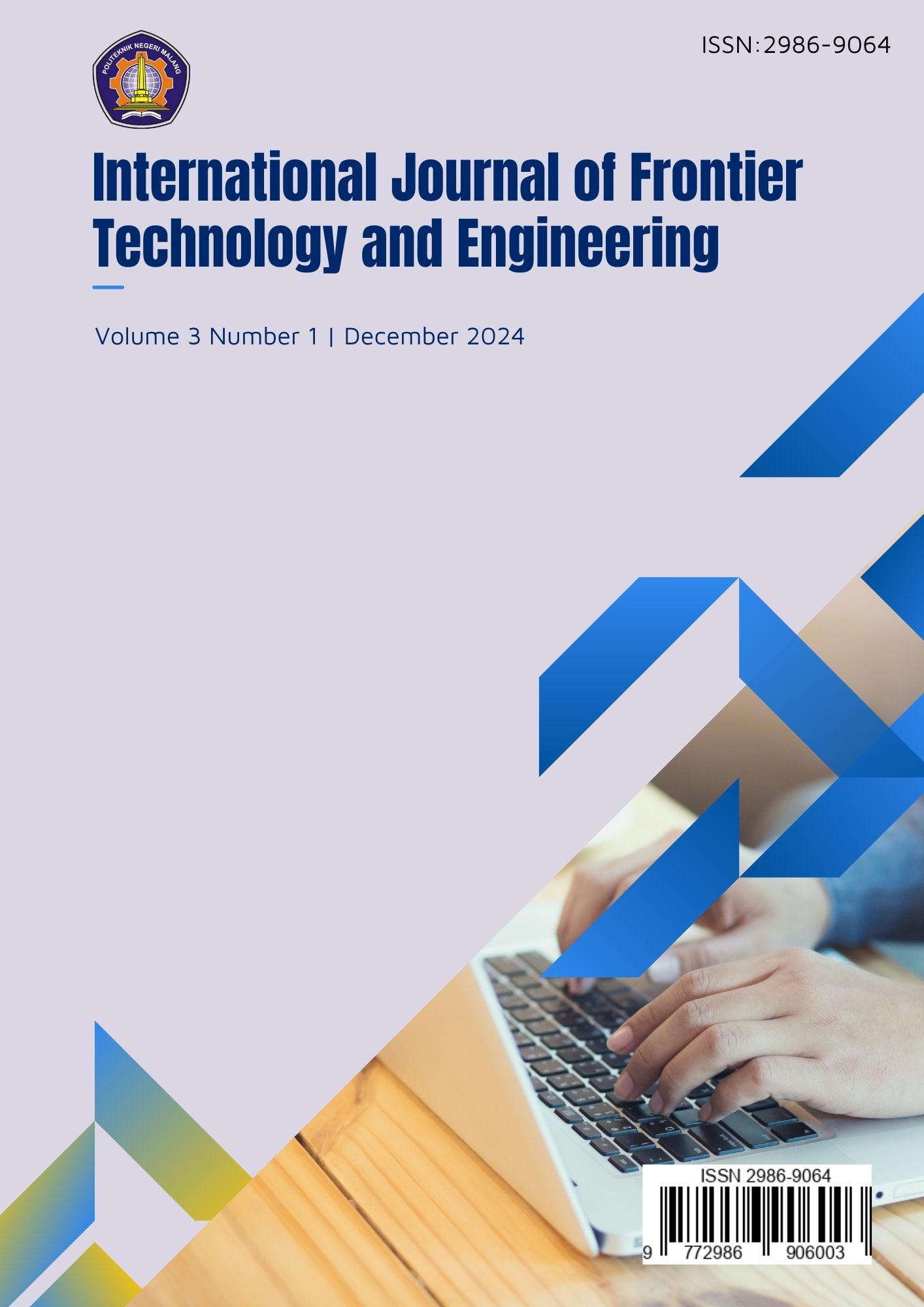Optimizing Irrigation Infrastructure Management with Web-Based Technologies and OpenStreetMap Integration
DOI:
https://doi.org/10.33795/ijfte.v3i1.6280Keywords:
irrigation infrastructure, Openstreetmap, web technologies, decision support system, spatial dataAbstract
Irrigation is essential for increasing agricultural productivity in Indonesia, directly impacting national food security and farmer welfare by ensuring the sustainability of irrigation systems. Despite its importance, significant challenges persist, including damage to 46% of the irrigation infrastructure across 7.1 million hectares, with responsibilities divided among central, provincial, and city governments. These challenges are compounded by issues such as inadequate information access, limitations in real-time monitoring, and poor stakeholder coordination. To address these issues, integrating technological tools such as Geographic Information Systems (GIS) and platforms such as OpenStreetMap (OSM) is essential. These technologies offer real-time information, facilitate land change tracking, and enable spatial mapping, which supports proactive management and planning while improving decision making through data-driven insights. The adoption of Rapid Application Development (RAD) and Decision Support Systems (DSS) further enhances the efficiency of irrigation system management. The RAD methodology ensures swift development cycles with user interaction, while DSS provides structured decision-making capabilities. This approach supports robust system design, user interface development, and geographic data visualization. In practice, efficient data collection and stakeholder participation enable the system to effectively report and track irrigation conditions, promoting public participation, and fostering long-term infrastructure sustainability. The developed online monitoring system demonstrates its effectiveness by providing interactive map features and transparent reporting platforms, verified through successful implementation of testing scenarios. This system not only improves infrastructure management in areas like Batu City, but also sets a precedent for scalable participatory irrigation solutions, creating a foundation for future enhancements.
Downloads
Published
How to Cite
Issue
Section
License
Copyright (c) 2025 Triana Fatmawati, Yan Watequlis Syaifudin, Alfiandi Rahmadani

This work is licensed under a Creative Commons Attribution-NonCommercial-ShareAlike 4.0 International License.










